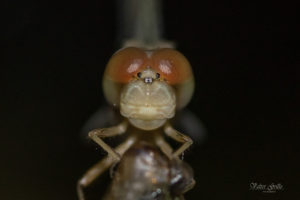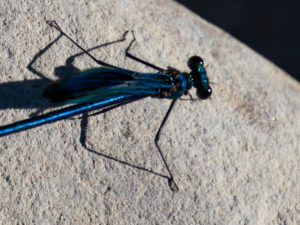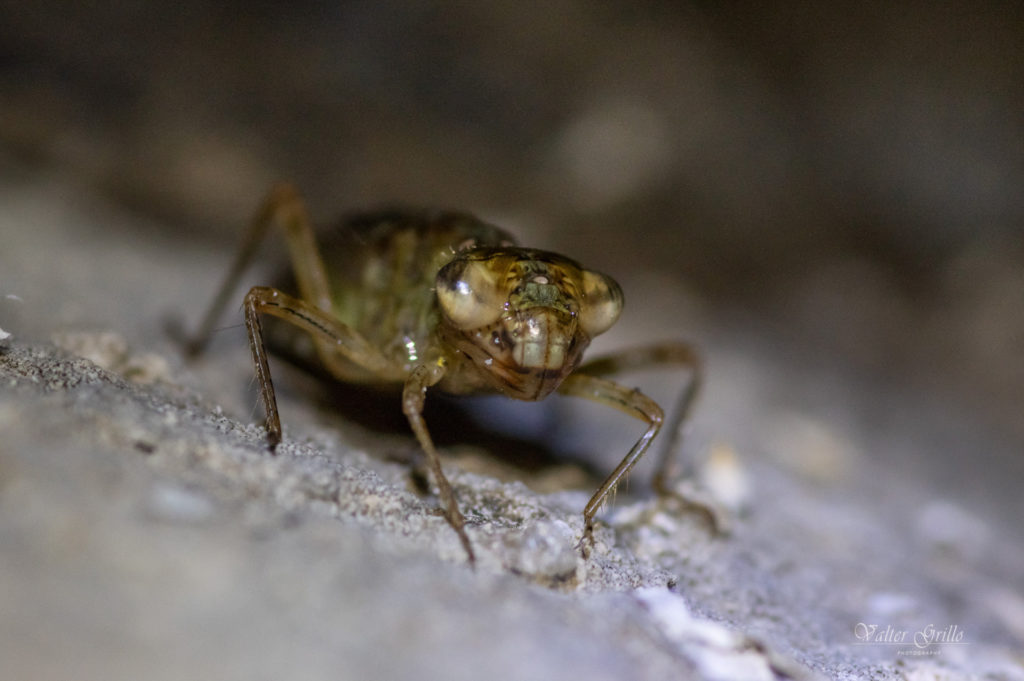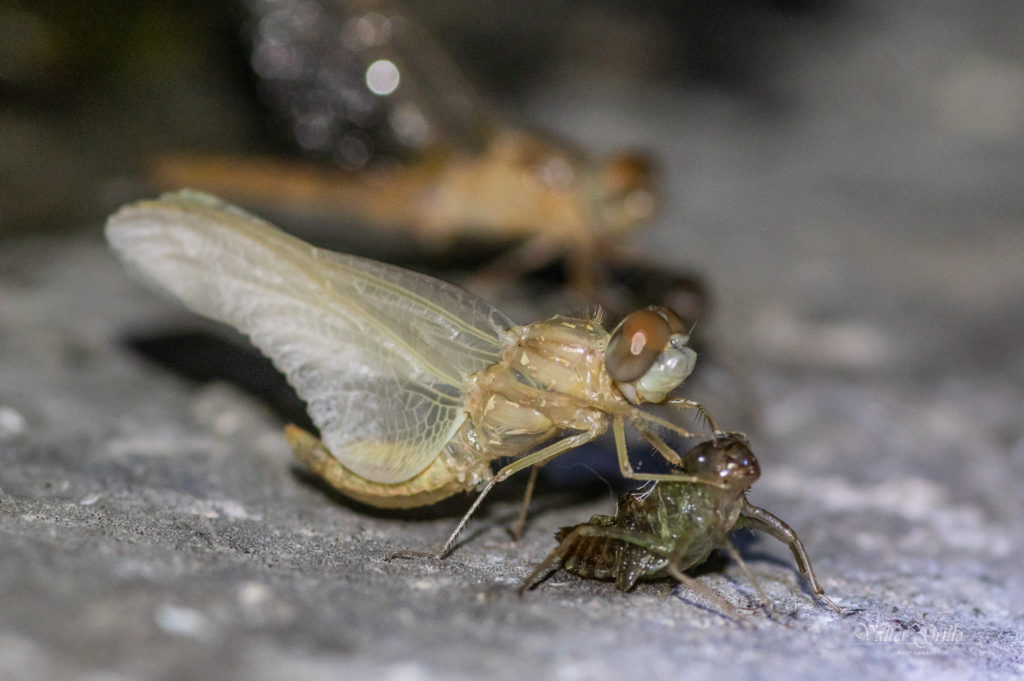
The Order Odonata order includes big predator insects like Dragonflies and Damselsflies, which spend the first part of their life in water hunting invertebrates and small fishes while the adults are good flyer who hunt flying insects.
Their nymphs are not very agile in the water, so they stalk and wait for their prey to pass nearby, close enough to be captured with their extendable lower lip called “Labium” which allows them to seize animal quite big as tadpols, small fish and even newborn snakes.
The adult’s hunting technique is to catch the flying insect using their feet and quickly kill it with the mandibles. The hunting success rate is between 90% and 97% compared to the 20% achieved by cats which are also considered excellent hunters.
They have very small antennas and an excellent sight.
The adults rest on roosts, twigs or leaves from which they can keep an eye on their hunting territory from above. They usually hunt in daylight until the early evening after sunset.
Picture by Valter Grillo
The Odonata Order is split in 2 main Infraorders:
- Anisoptera
- Zygoptera
Anisoptera are the Dragonflies, they have big composite eyes all around the head without separation, when they are not flying, wings are kept open. The fist wings pair is bigger then the second pair.

Picture by Valter Grillo
Zygoptera are the so called Damsels, generally a little smaller then the Dragonflies, they have the eyes on the side of the head quite distant from each other and when they rest, keep the wing closed on their back. Both wings pair have the same size and colour.

There is also a small Infraorder Anisozygoptera which includes only the Family Epiophlebiidae which has only one genus Epiophlebia. This genus has 4 species between Japan and China
Epiophlebia diana Carle, 2012 China
Epiophlebia sinensis Li & Nel, 2011 China
Epiophlebia laidlawi Tillyard, 1921 Himalaya
Epiophlebia superstes (Selys, 1889) Japan
Want to know more? visit the following sites:
https://en.wikipedia.org/wiki/Odonata
https://en.wikipedia.org/wiki/Damselfly
https://en.wikipedia.org/wiki/Dragonfly
https://en.wikipedia.org/wiki/Epiophlebia
If liked this article you might want to check what else I published
to help me maintain this website and produce better pictures and contents, click here
Should you be interested in a particular topic, please tell me

